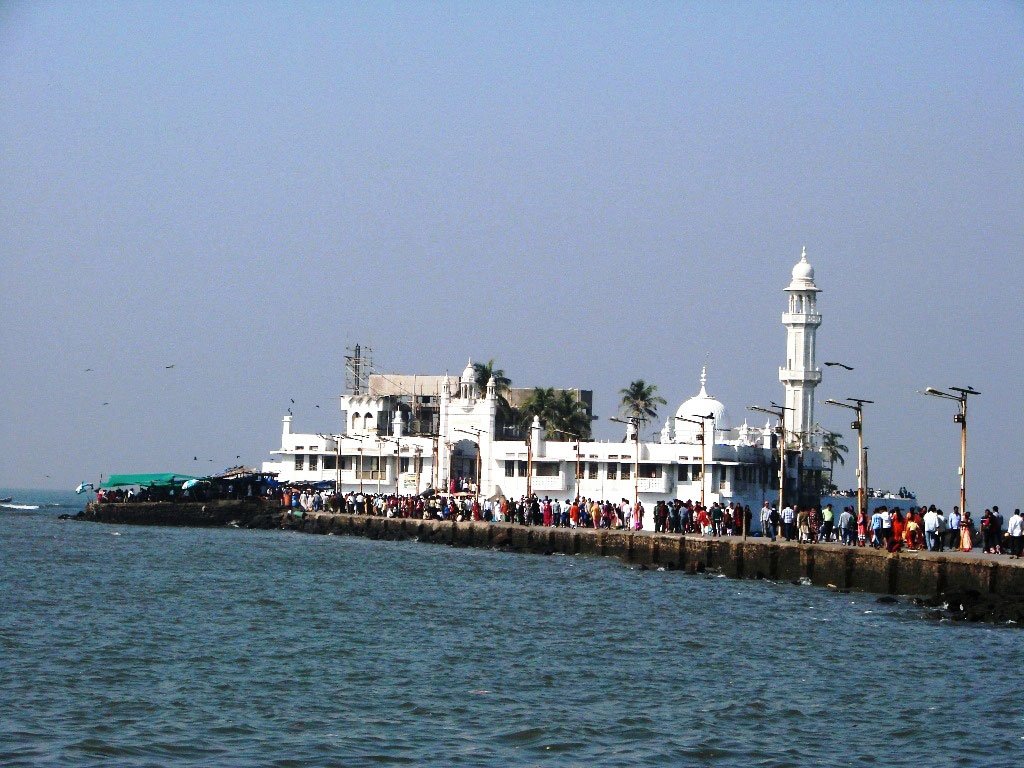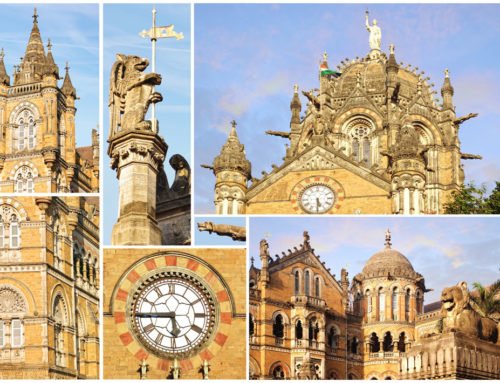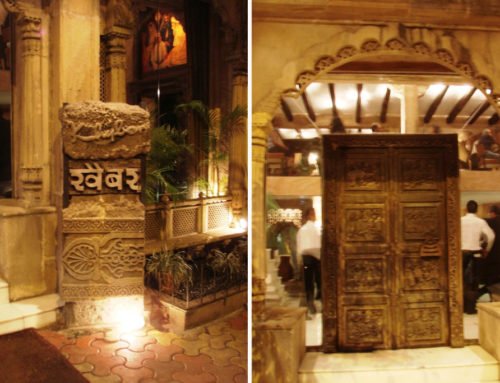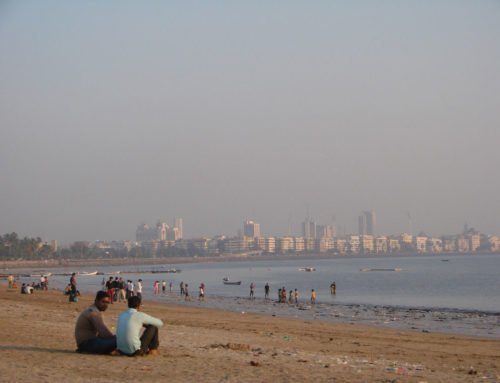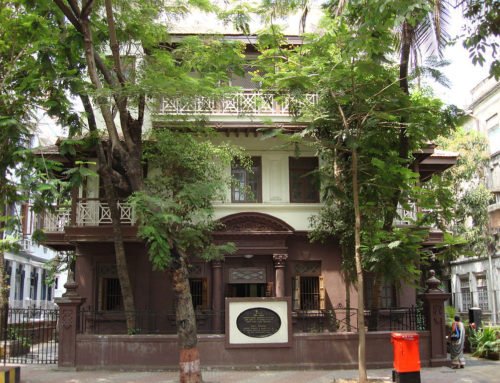Overview
- Features: Mosque and dargah (tomb) of Sufi saint, Sayed Peer Haji Ali Shah Bukhari
- Opening Times: Dawn to dusk, daily
- Best Time to Visit: At low tide
- Duration: 30 minutes to 1 hour
- Travelled By: Train
- Cost: Free
- Address: Dargah Road, Haji Ali, Mumbai, Maharashtra, India
- Type: Shrine
Author Reviews[display_rating_item_results rating_form_id=”2″ rating_entry_ids=”1″ show_category_filter=”false” show_options=”true” result_type=”star_rating” preserve_max_rating=”true” show_title=”false” show_count=”false” ]
Total Rating: [display_rating_result rating_form_id=”2″ show_count=”false” show_rich_snippets=true] [accordions load=”1″] [accordion title=”User Reviews” last] [display_rating_item_results rating_form_id=”5″ show_options=”true” result_type=”star_rating” preserve_max_rating=”true” show_title=”false” show_count=”true” show_rich_snippets=true] [/accordion] [accordion title=”Add Review”][display_rating_form show_email_input=”true” show_comment_textarea=”true” show_name_input=”true” rating_form_id=”5″] [/accordion] [/accordions]
Summary
The Haji Ali Dargah is a mosque and dargah (tomb) of Sufi saint, Sayed Peer Haji Ali Shah Bukhari. Constructed in the Indo-Islamic tradition during the 15th century, it is one of the most striking landmarks of Mumbai.
Haji Ali Dargah Mumbai
Floating like a sacred mirage off the coast of the Arabian Sea, the Haji Ali Dargah is a mosque and dargah (tomb) located on an islet off the coast of Worli in Southern Mumbai. An exquisite Indo-Islamic shrine associated with ancient legends about doomed lovers, the Dargah is one of the most striking landmarks of Mumbai and contains the tomb of Sayed Peer Haji Ali Shah Bukhari.
[singlepic id=2177 w=720 h=560 float=center]
The Haji Ali Dargah was built in 1431 in memory of a wealthy Muslim merchant, Sayed Peer Haji Ali Shah Bukhari, who gave up all his worldly possessions before making a pilgrimage to Mecca. Originating from Buhkara in the ancient Persian Empire, Bukhari travelled around the world in the early to mid 15th century before settling in Mumbai. He is believed to have performed several miracles during his life. According to legend, Bukhari died while making his Haj pilgrimage to Mecca and the coffin carrying his body miraculously floated back to the shores of Worli in Mumbai. The Dargah was constructed in the spot where his coffin was found.
The Haji Ali Mosque is visited by thousands of pilgrims, especially on Thursdays and Fridays, to get the blessings of the legendary saint. Despite being a Muslim Saint, thousands of Sikhs and Hindus also visit the shrine every year to pray for miracles. Usually on Fridays, Sufi musicians perform a form of devotional music called Qawwali at the mosque.
[singlepic id=2180 w=720 h=560 float=center]
A long, narrow causeway from the shores of Worli to the islet provides access to the Dargah. Along the path, several beggars have set up homes to receive donations from passing pilgrims. There are also numerous shops that line the causeway selling everything for the visiting pilgrims – from scarves to cover women’s heads to flowers and offerings to place inside the tomb. The walk along the causeway, with the sea on both sides, is one of the highlights of a visit to the Dargah.
There are some food stalls outside the mosque that serve delicious kebabs, tandoori rotis and other lip-smacking food. If you’re not already hungry, the smell of the meat cooking on the hot coals will definitely lead you in that direction.
[singlepic id=2184 w=720 h=560 float=center]
The Haji Ali Mosque which contains the central shrine is situated inside a marble courtyard. The tomb inside the mosque is covered with a brocaded red and green chaddar (sheet). The tomb itself is supported by an exquisite silver frame. The main hall has marble pillars embellished with artistic mirror work arranged in kaleidoscope patterns interspersed with Arabic patterns which spell the ninety-nine names of Allah.
According to Muslim traditions, there are separate praying rooms for men and women inside the mosque. Women have to dress respectfully with shoulders and legs covered; heads also need to be covered with a cloth of some kind.
In November 2013, the Prince of Wales and the Duchess of Cornwall made a visit to the shrine and paid their tributes to the Sufi saint. The visit to the shrine was to support the restoration of its 500 year old building and to promote dialogue between different faiths. Above is a picture from the Telegraph UK.
Due to the constant erosion and saline winds from the Arabian Sea and the wear and tear from visiting pilgrims, the Dargah was corroded and in disrepair prior to the restoration and renovation works carried out in 2008. The structural upgrade includes beautiful Rajasthani white marble, the same marble used for the Taj Mahal.
Tips for visiting Haji Ali Dargah
When planning your visit to the Haji Ali Dargah, make sure you go at low tide because at high tide water covers the causeway and the mosque becomes an island making it very difficult to enter or leave the Dargah.
Getting to & from Haji Ali Dargah
The easiest way to get there is to take an auto rickshaw or taxi to the shrine. Alternatively, you can take a train to Mumbai Central and then an auto rickshaw or taxi to the mosque.


